Source: Grayscale Research; Translation: Golden Finance xiaozou
Key Points
In a relatively quiet month for cryptocurrency valuations, the market focused on fundamentals, and there were many positive developments in stablecoins.
The GENIUS Act, which will introduce regulated payment stablecoins to the United States, was passed by the Senate with bipartisan support and sent to the House for deliberation. At the same time, the US stablecoin issuer Circle completed its IPO, and its stock price rose (in contrast to the decline in the valuations of Mastercard and Visa), highlighting the disruptive impact that traditional digital payment networks may face. Other media reports show that other large companies such as Amazon and Walmart are also exploring stablecoin businesses.
The currency and financial crypto asset sectors performed better than the overall crypto market, and the latter's outstanding performance may be due to the improvement of regulatory transparency and the prospect of wider adoption of decentralized finance (DeFi) technology. Prediction market Polymarket benefited from the attention generated by the New York mayoral election and successfully obtained additional venture capital.
We expect that improved regulatory clarity and a favorable macro backdrop (large budget deficits and potential interest rate cuts) will continue to support crypto assets in the second half of 2025.
Introduction
Despite the constant negative news, the market still achieved strong returns in June 2025. This divergence can be explained by two features of the current market backdrop: First, although the market faces many challenges, the worst-case scenario has not actually occurred. Although the US economy has shown signs of slowing down, global trade has not stagnated; the White House announced a trade agreement with China while the threat of tariffs persists; and there has been no significant disruption to oil transportation even as military conflicts in the Middle East continue. Because financial markets price all possible outcomes (not just the base case), avoiding tail risks is sufficient to support valuation increases.
Second, the macro policy mix is generally favorable (except for tariff increases). The U.S. federal government is running a large budget deficit despite low unemployment, and the Senate's recent passage of the One Big Beautiful Bill Act will keep much of the stimulus in place. In addition, the Federal Reserve is likely to ease monetary policy later this year. Such supportive macro policies can help the economy and markets withstand volatility shocks from tariffs, geopolitical conflicts, or other issues.
Asset returns were pro-growth in June. On a risk-adjusted basis (i.e., after accounting for volatility across assets), emerging market equities, high-yield bonds, and industrial metals led other market sectors higher, consistent with investors' increased risk appetite (Figure 1). The U.S. dollar continued to weaken, having fallen about 10% since its January peak (based on the Bloomberg Dollar Index). Bitcoin prices rose 3% for the month, a relatively modest gain given the asset's typical volatility. The market-cap-weighted FTSE/Grayscale Crypto Asset Sector All Market Index rose 1.5% for the month. 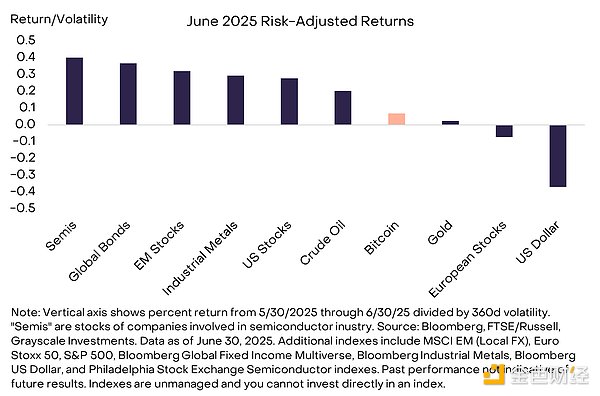
Figure 1: Most stock and bond markets achieve strong returns
1, Stablecoins are gaining momentum
The crypto industry has begun to use the term "stablecoin summer" to describe the many recent breakthroughs in this segment. It is interesting to note that stablecoins are now most widely used in emerging market economies in the global south... and it is winter there. But the latest developments do point to regulatory changes and corporate applications, which may promote the popularity of stablecoins in developed economies such as the United States.
Stablecoins are essentially digital dollars on the blockchain. They are structured like money market funds—tradable stable value instruments backed by secure collateral (such as U.S. Treasuries)—but are designed for digital payments. Commercial bank deposits (checking accounts) are already a form of digital dollars, but when dollars are tokenized on the blockchain, they gain the advantages of blockchain technology: cross-border payments, near-instant settlement, potentially lower costs, and a high degree of transparency. Estimates from Visa and crypto data experts indicate that stablecoins process about $800 billion in digital transactions per month (Figure 2). Reference data: Visa will process an average of $1.1 trillion in monthly payments in 2024.
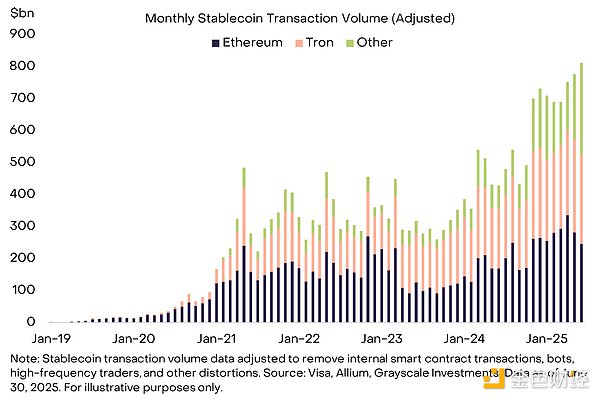
Figure 2: Stablecoins handle an average of about $800 billion in transactions per month
Similar to commercial bank currencies, stablecoins are issued by private institutions. Issuers profit from the difference between the interest on assets (such as government bonds) and the zero interest on liabilities (stablecoins themselves), forming a sustainable business model. Circle, the second largest stablecoin USDC issuer in the United States, listed on June 4 ($CRCL). Equity investors have shown great enthusiasm for the stablecoin business model: the company's stock price soared from its IPO price of $31 per share to $181 at the end of the month. At this price, Circle's 2024 EBITDA multiple exceeds 150 times, indicating that investors are optimistic about the high growth prospects of USDC stablecoins and Circle's revenue. It is worth noting that Circle's stock price performance after its listing is in sharp contrast to the weak stock prices of traditional digital payment companies Visa and Mastercard (Figure 3).
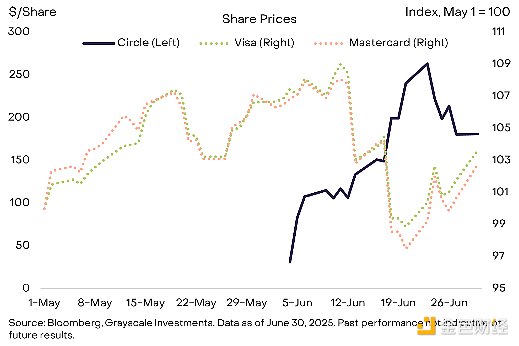 Figure 3: Circle's stock price is negatively correlated with Visa and MasterCard
Figure 3: Circle's stock price is negatively correlated with Visa and MasterCard
At the same time, the U.S. Congress has made new progress in the comprehensive legislation of stablecoins. The GENIUS Act was passed by the Senate with bipartisan support on June 17 and has now been submitted to the House of Representatives for deliberation. The bill establishes a legal framework for payment stablecoins in the U.S. market, covering reserve composition requirements, anti-money laundering compliance rules, information disclosure and audit standards. The bill explicitly prohibits the issuance of interest-bearing stablecoins (presumably to avoid competition with commercial bank deposits) and the issuance of stablecoins by non-financial institutions. Grayscale Research believes that interest-bearing stablecoins will benefit US consumers and recommends reconsidering them in future legislation or rulemaking. But overall, the GENIUS Act is expected to promote the popularity of stablecoins in the United States while setting reasonable safeguards for consumer protection and financial stability.
Encouraged by regulatory clarity, many non-crypto companies have recently announced plans to enter the stablecoin field. The list of related companies is almost too numerous to mention, mainly including commercial banks (such as JPMorgan Chase and Societe Generale), market infrastructure providers (such as the Depository Trust and Clearing Corporation DTCC), fintech companies (such as Shopify, Fiserv, Revolut) and non-financial companies (such as Amazon and Walmart). Although these industry leaders are in different fields, they all see the potential value of stablecoins in improving the efficiency and/or reducing the cost of digital payments.
2、Clarity of regulation boosts market performance
Soon after taking office, President Trump signed an executive order on digital assets, requiring relevant working groups to develop supportive policy proposals within 180 days. Policymakers are busy pushing for reforms before the late July deadline. For example, the U.S. Securities and Exchange Commission (SEC) announced on June 13 that it would withdraw the unfinished rules drafted by the previous government, which proposed to classify some DeFi applications as securities exchanges. In addition, William Pulte, director of the Federal Housing Finance Agency, asked federal mortgage agencies Fannie Mae and Freddie Mac to include digital assets in the assessment of homebuyers' net worth in their underwriting standards. Finally, the Federal Reserve announced that its regulatory standards will no longer consider the "reputational risk" factor, which previously restricted the banking industry's access to services in some areas of the crypto industry.
According to the FTSE/Grayscale series of indices, among the various crypto market segments, the currency crypto asset sector and the financial crypto asset sector performed outstandingly (Figure 4). The gains in the currency sector mainly reflect the slight increase in the price of Bitcoin. In the financial sector, Hyperliquid, Uniswap, Aerodrome, Maple Finance/Syrup and Aave contributed the largest positive returns, and these projects are currently included in the Grayscale Research Top 20 list. Decentralized exchanges (DEX) such as Hyperliquid, Uniswap and Aerodrome are currently as price-competitive as centralized exchanges (CEX) and may continue to maintain their advantages in the long-tail on-chain asset trading field.
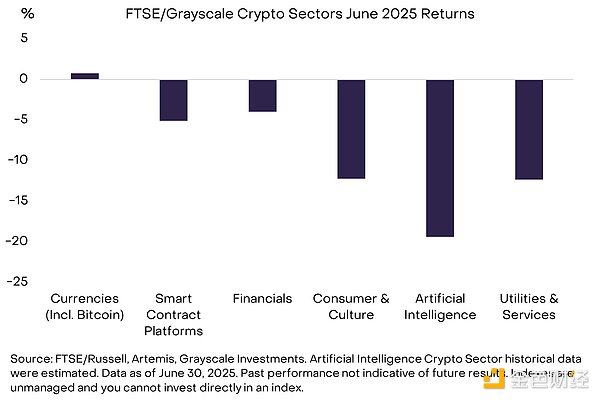 Figure 4: Currency and financial crypto asset sectors performed more robustly
Figure 4: Currency and financial crypto asset sectors performed more robustly
In our view, with the exception of stablecoins, no crypto application has achieved greater breakthrough success than the prediction market in the past year. Polymarket's popularity soared again in late June due to public attention caused by the New York mayoral election, the seventh game of the NBA Finals, and global conflicts (Figure 5). The two prediction markets with the largest trading volume, Polymarket and Kalshi, both received additional investment from investors in June: Polymarket raised $200 million from Founders Fund and other institutions at a valuation of over $1 billion, and Kalshi raised $185 million from Paradigm and other institutions at a valuation of $2 billion.
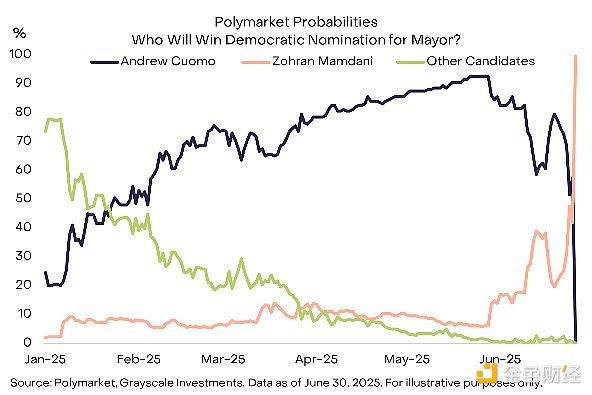 Figure 5:Polymarket captures the shift in the direction of the New York City Democratic Mayoral Primary
Figure 5:Polymarket captures the shift in the direction of the New York City Democratic Mayoral Primary
The demand for Bitcoin at the macro level can be said to be the most important driver of the crypto asset class to date. But June’s progress was a good reminder of the breadth of technologies underpinning blockchain finance, including stablecoins, decentralized exchanges, and prediction markets. Despite a small pullback in overall crypto valuations in June 2025, industry fundamentals continue to improve, and we believe this will be reflected in valuations over time.
In addition, the macro policy backdrop is likely to remain supportive in the coming months. In the short term, the Big Beautiful Act could soon be signed by President Trump. Budget experts estimate that the bill, as currently written, would add about $3 trillion to the federal deficit over the next 10 years, and could reach as much as $5 trillion if certain expiring provisions are extended. In addition, Trump has repeatedly called on the Federal Reserve to cut interest rates. Although the Fed is an independent institution, Trump will have the opportunity to appoint a new chairman next year (subject to Senate approval). Overall, we believe that continued fiscal deficits, low real interest rates, and a potentially weaker dollar will form a favorable combination of drivers for Bitcoin and the crypto asset class.
 Kikyo
Kikyo








